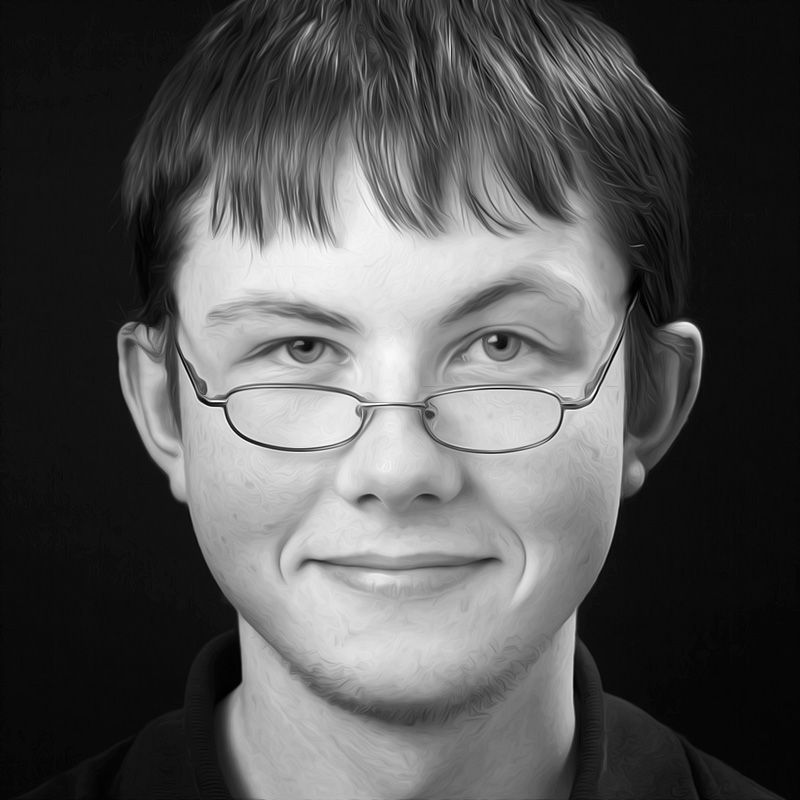184 reads
Fun with Flags: How to Make Flags in C# with Enums and Bit Shifting
by
December 17th, 2021
Audio Presented by

aka. James Turner — a programmer and entrepreneur with a love of cars, music and technology
About Author
aka. James Turner — a programmer and entrepreneur with a love of cars, music and technology